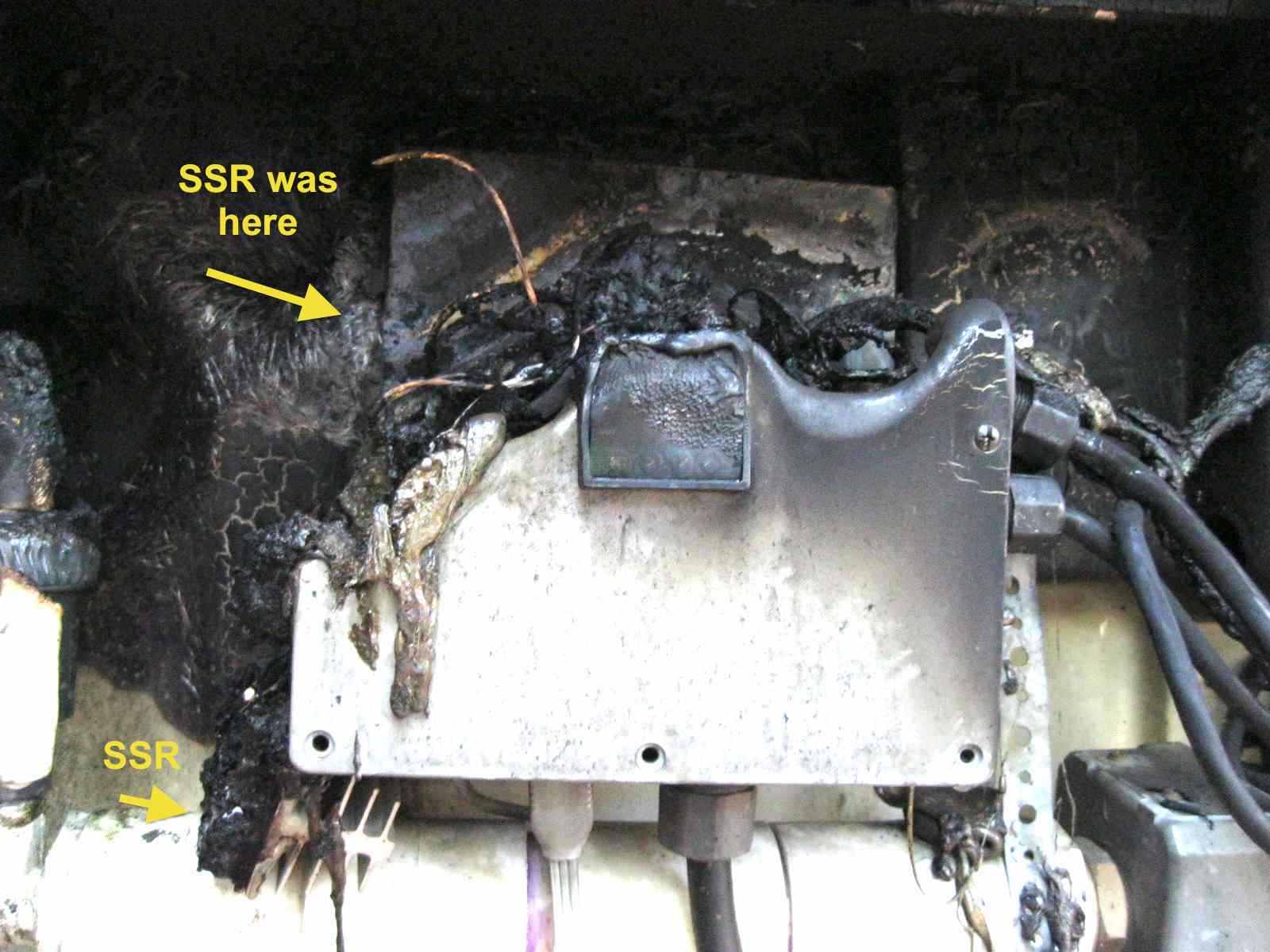Sorry I was busy yesterday and didn't get a chance to respond.
@guillaume is doing things correctly. Here's why:
If you try to use a mash temp probe to control the HLT temp, you have a long time lag between when the mash temp responds to the higher HLT temp. The effect of the time lag is to allow the HLT water to heat up way beyond the MLT target temp before the PID shuts down heating to the HLT. This then results in overheating the MLT while the HLT cools back down. If you let this system run for a long time, you tend to get wide oscillations in temp that have a period of many minutes to hours. To get around this, you have to slow down the response of the PID+heater to the point where the time lag in temp response is a fraction of the heat up time of the PID+heater. Then you get extremely slow response if you want to change temps. As guillaume noted, the wort in the HEX could get hot enough to denature the enzymes when the HLT overheats.
You could add an over temp shutoff to the HLT heater, that would be set a few degrees above the mash temp, but then the system will act just like an HLT temp probe controlled system with the HLT temp set a couple of degrees hotter than the MLT target.
If you really want a fast heat up response in a HERMS system, without significant overshoot, you would need to use a non-PID algorithm that used two temp probes, and accounted for the lag time in the system. A really good algorithm could continuously measure the response time and adjust the algorithm parameters to compensate in real time. The algo would also limit max HLT temp to minimize denaturing. There is an algorithm something like this in the BrewPi control software, but IDK if it handles the max HLT temp limit requirement.
Brew on



















































![Craft A Brew - Safale BE-256 Yeast - Fermentis - Belgian Ale Dry Yeast - For Belgian & Strong Ales - Ingredients for Home Brewing - Beer Making Supplies - [3 Pack]](https://m.media-amazon.com/images/I/51bcKEwQmWL._SL500_.jpg)









